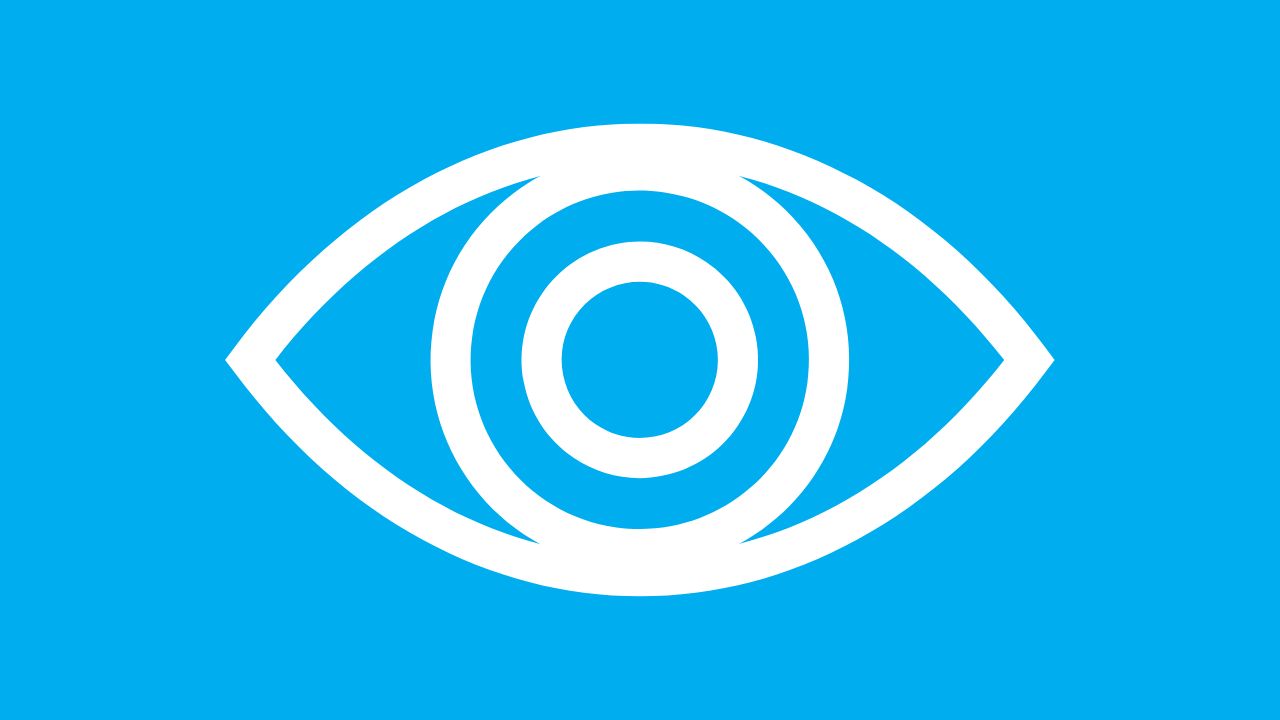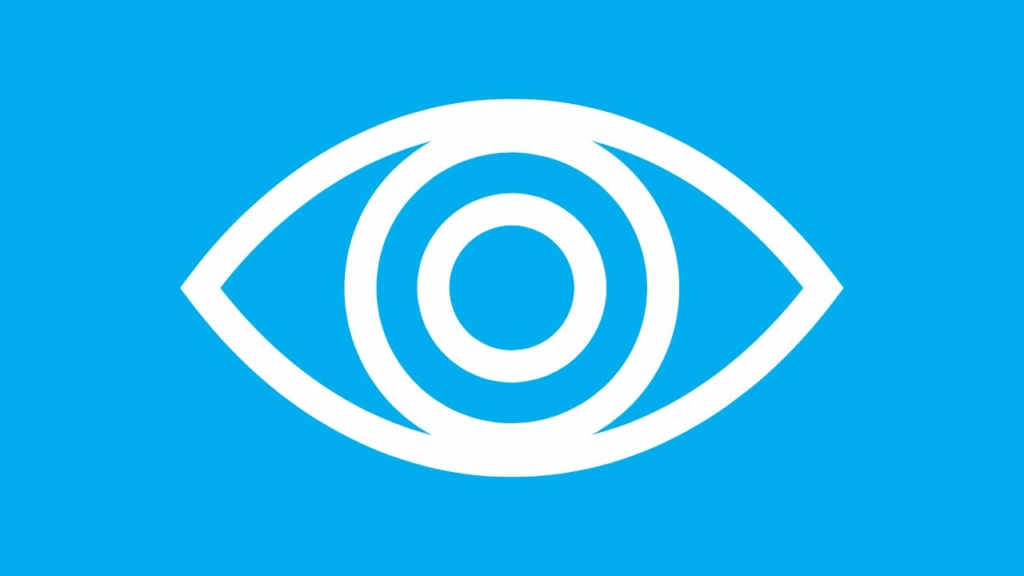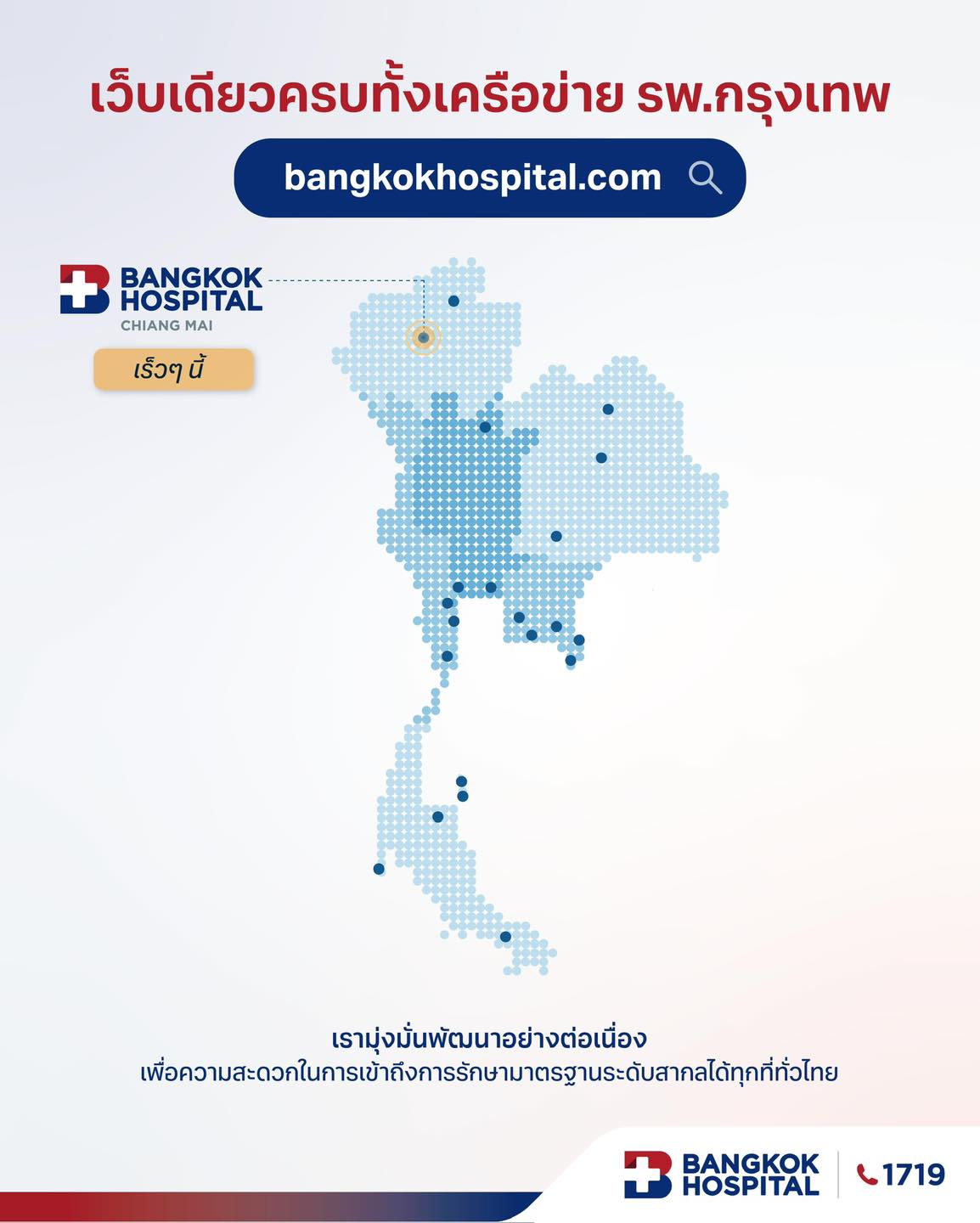Expert and Comprehensive Eye Care
Great eye care begins with regular eye exams.

Great eye care begins with regular eye exams.
Eye diseases can cause damage and blindness if not treated soon enough. Below, we describe some of the warning signs and symptoms of common eye diseases. For more in-depth information, please schedule an appointment with an ophthalmologist at Bangkok Hospital Chiang Mai Ophthalmology Clinic.
Conjunctivitis is an inflammation or infection of the thin layer that lines the inside of the eyelid and covers the white part of the eye. Inflammation can cause blood vessels in the eye to become larger which can make the white of the eye look pink or red. Caused by bacteria, viruses, allergens, and other irritants like smoke and dust, pink eye is highly contagious and is usually accompanied by redness in the white of the eye and increased tearing and/or discharge.
You should see a healthcare provider if you have conjunctivitis along with eye pain, sensitivity to light or blurred vision, intense redness in the eyes, or symptoms that don’t improve. Newborns with symptoms of conjunctivitis should see a doctor immediately.
Diabetic eye disease is a group of eye problems that can affect people with diabetes. These conditions include diabetic retinopathy, diabetic macular edema, cataracts, and glaucoma.
Over time, diabetes can cause damage to your eyes that can lead to poor vision or even blindness. But you can take steps to prevent diabetic eye disease, or keep it from getting worse, by taking care of your diabetes. Often there are no early warning signs or symptoms in the early stages of diabetic eye disease. Early detection from a full and dilated eye exam will help your doctor find and treat diabetic eye conditions early and dramatically reduce your chances of sustaining permanent vision loss.
Glaucoma is a group of eye diseases that can cause vision loss and blindness by damaging a nerve in the back of your eye called the optic nerve. The symptoms can start so slowly that you may not notice them. The only way to find out if you have glaucoma is to get a comprehensive dilated eye exam.
While there is no cure for glaucoma, early treatment, including medications, laser treatment, and surgery can often stop the damage and protect your vision. Early detection and regular eye exams are vital to slowing the progress of the disease before it advances and begins causing vision loss.
Age-related macular degeneration (AMD) is an eye disease that can gradually blur the sharp, central vision you need for activities like reading and driving.
AMD is a common condition that is the leading cause of vision loss for people age 50 and older. AMD doesn’t cause complete blindness, but losing your central vision can make it harder to see faces, drive or do close-up work like cooking or fixing things around the house.
AMD happens very slowly in some people. Even if you have early AMD, you may not experience vision loss for a long time. For other people, AMD progresses faster and can lead to central vision loss in one eye or both eyes.
There’s currently no treatment for early AMD, so your eye doctor will probably just keep track of how your eyes are doing with regular eye exams. Eating healthy, getting regular exercise, and quitting smoking can also help.
If you are diagnosed with intermediate or late AMD, ask your eye doctor about treatment options and how the condition may affect your vision in the future.
A pterygium is a pink-colored growth on the cornea shaped like a wing or triangle. It’s most common in adults ages 20 to 40 who spend a lot of time outdoors in the sun. A pterygium may cause redness or irritate your eye.
Short-term use of topical corticosteroid eye drops may be used to reduce redness and inflammation. Where dryness of the eye is a problem, artificial tears are used to keep the eye well lubricated.
Surgery may be recommended when vision is affected or symptoms are particularly problematic. During surgery, the pterygium is carefully removed and a section of the conjunctiva is taken from under the eyelid and is grafted onto the area where the pterygium was. Surgery is performed using a local anesthetic and takes approximately 30 minutes to perform. Eye drops and eye ointment are usually prescribed after the surgery to prevent infection and assist with healing.
To protect your eyes and lower your risk of a pterygium, wear sunglasses or a wide-brimmed hat when you’re in the sun.

Tel: +66 (0)52 089 880
Call Center: 1719
Ophthalmology Clinic
Service Hours: Daily 08.00 AM – 05.00 PM.



